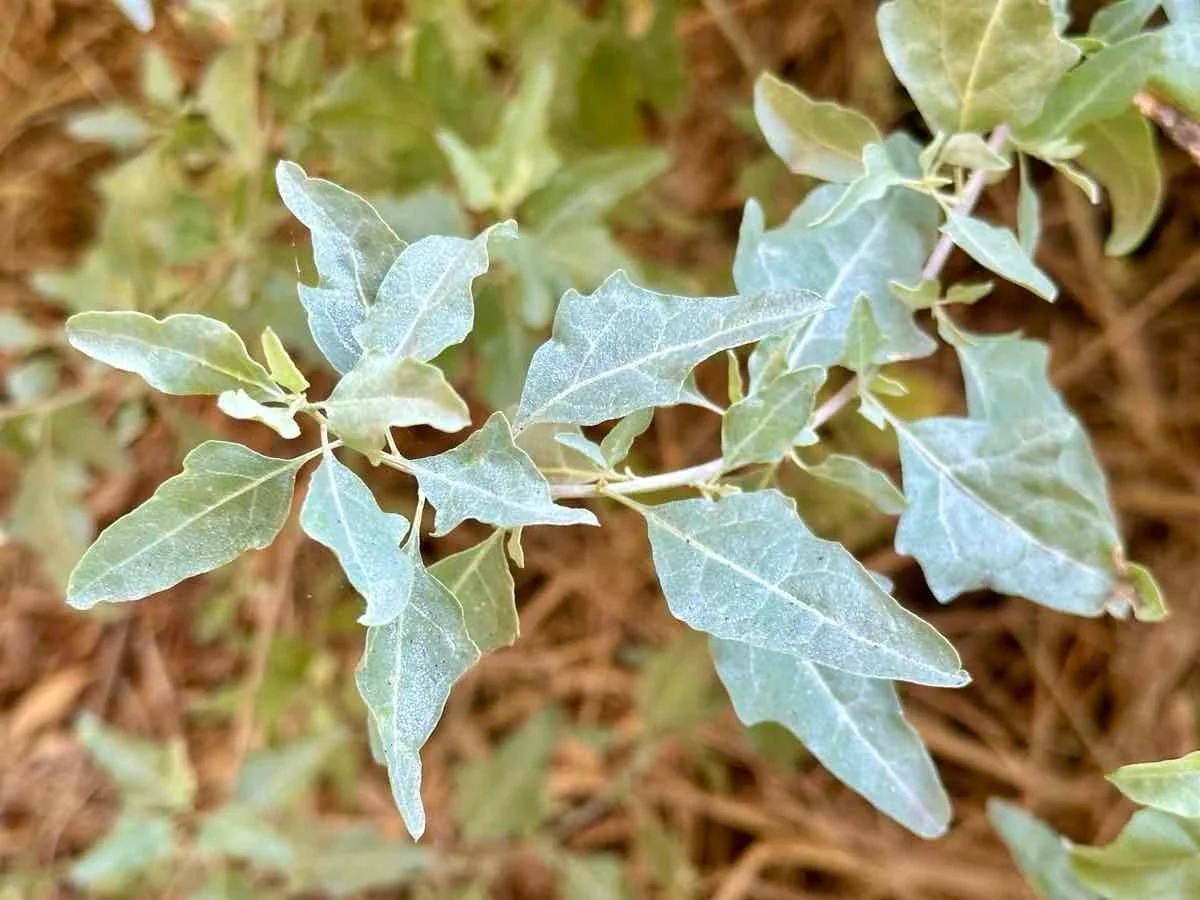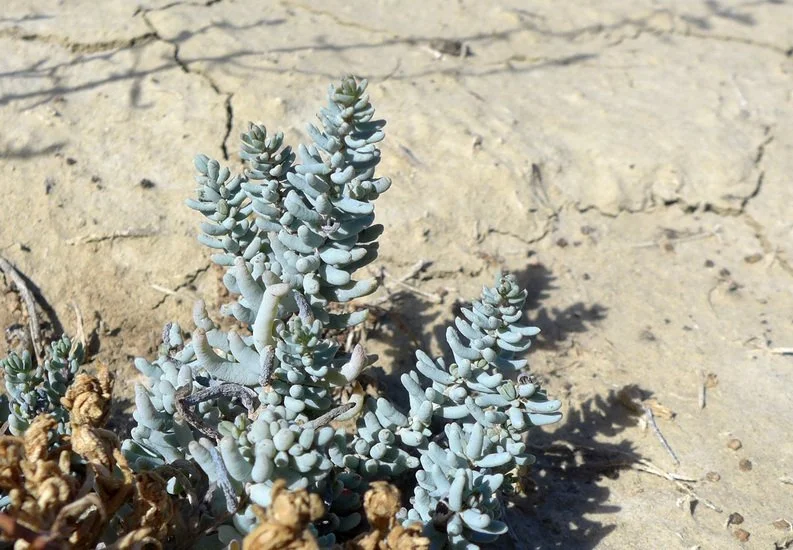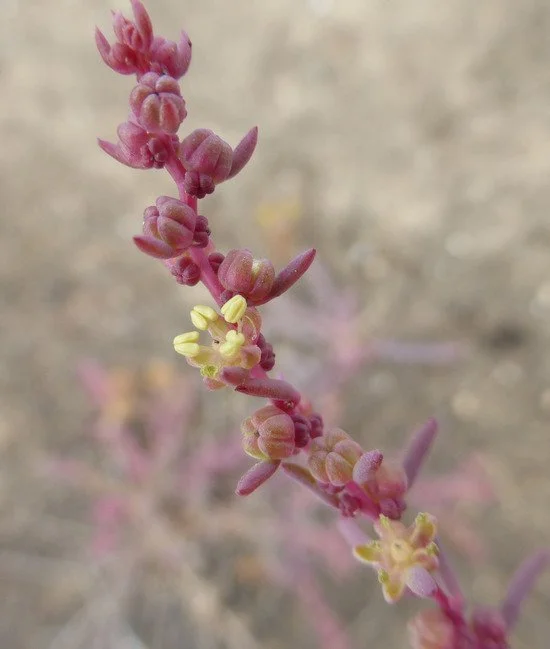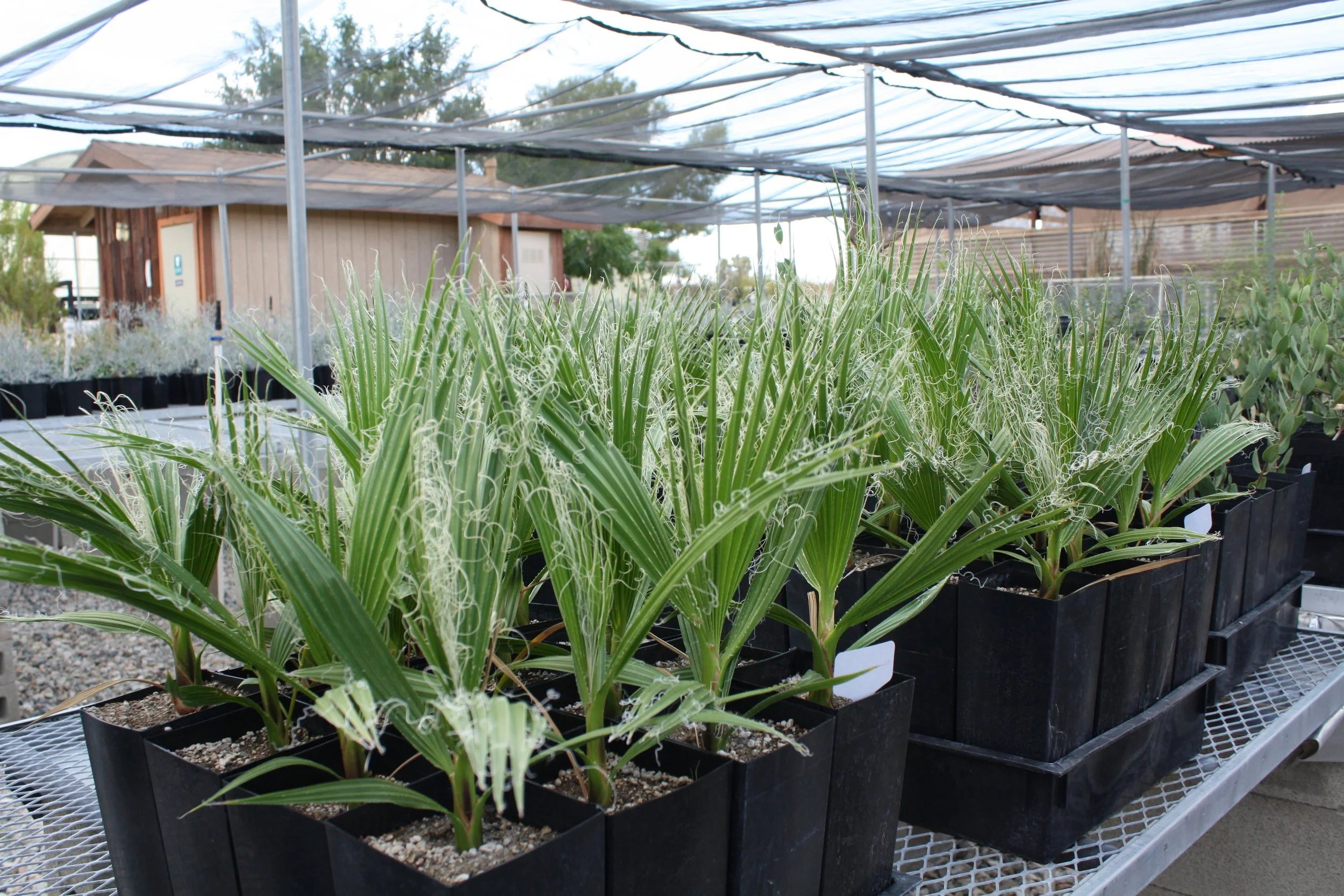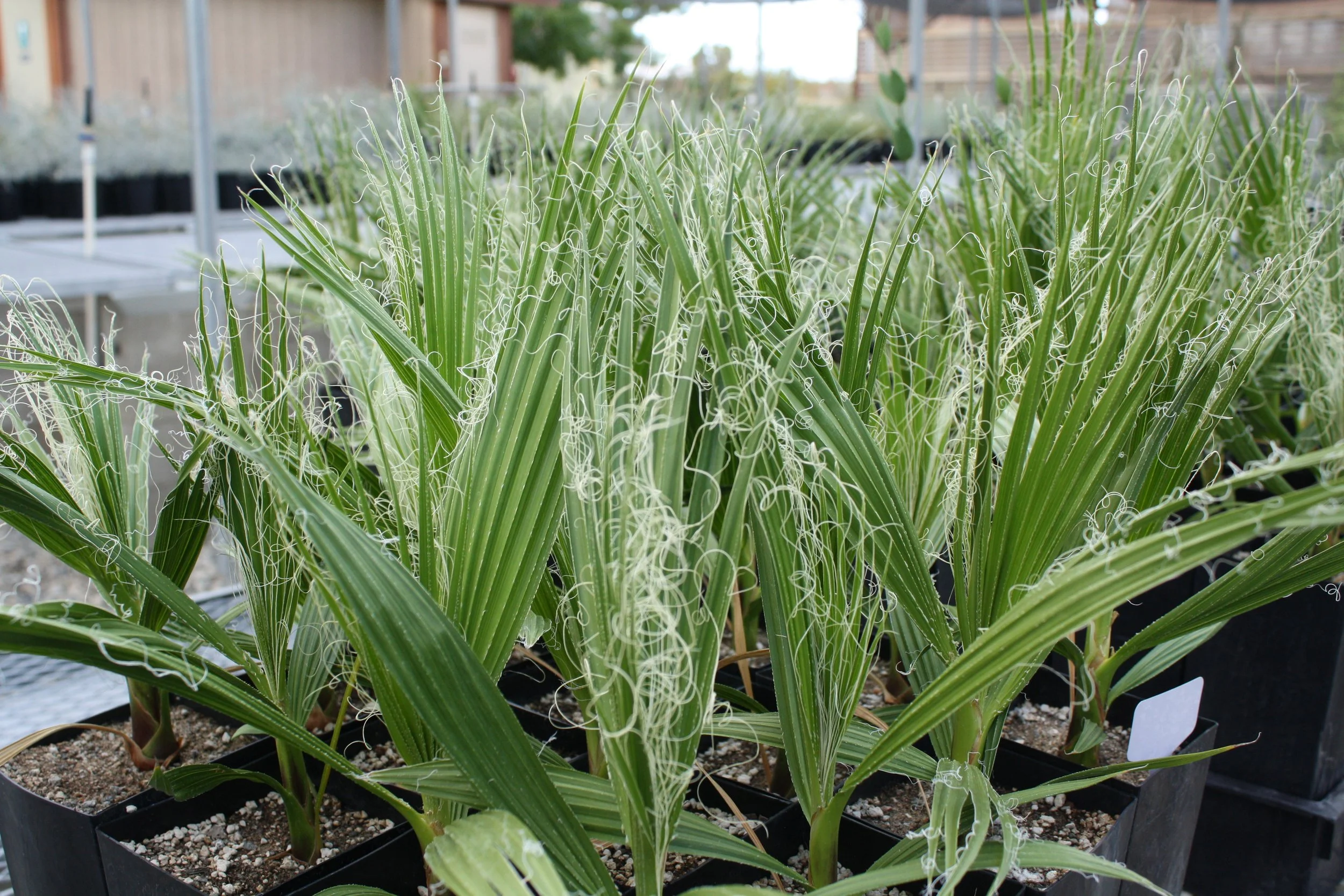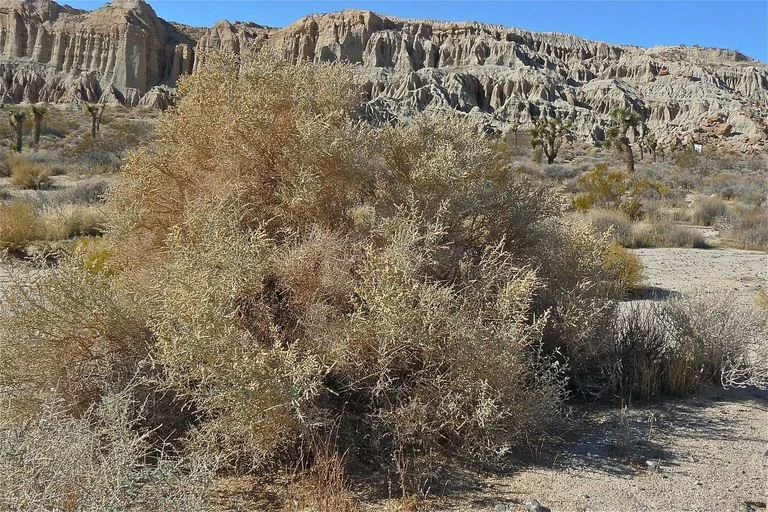 Image 1 of 3
Image 1 of 3

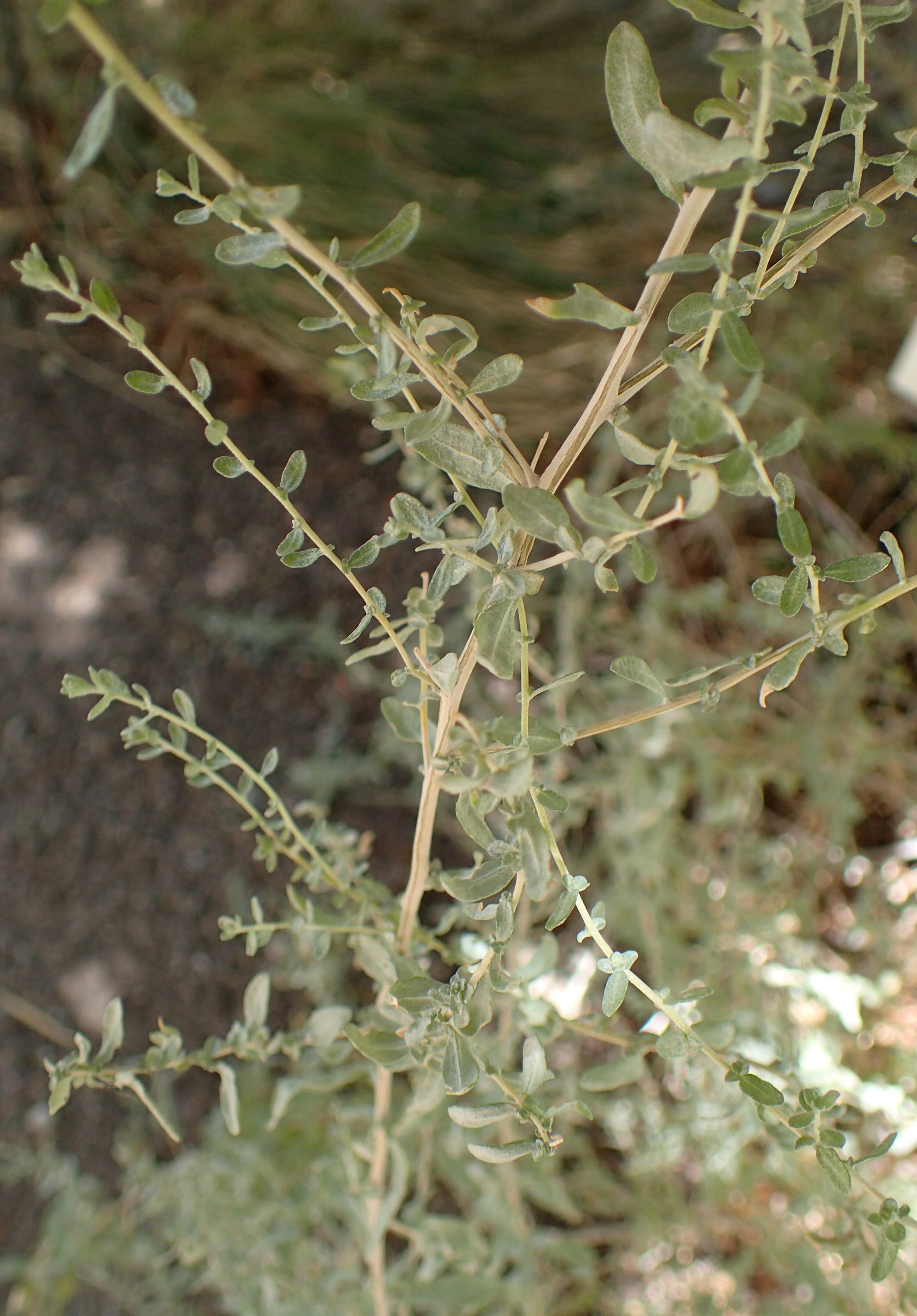 Image 2 of 3
Image 2 of 3

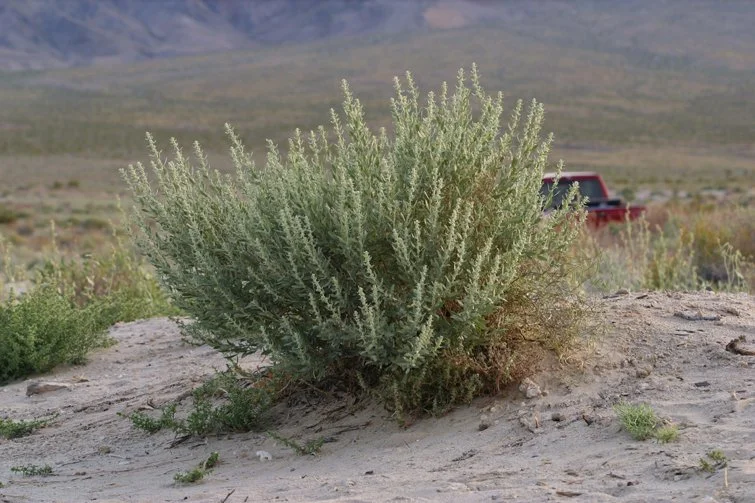 Image 3 of 3
Image 3 of 3




Allscale saltbush (Atriplex polycarpa) - Buy one get one free!
Sold in a D60 container (2.7 inches in diameter by 14 inches deep). Buy one get one free, no coupon code required!
Mature size: 6-7’ H x 6-7’ W
Sun exposure: Full sun
Soil: Adaptable; tolerates alkaline/saline soils
Water use: Low
Cold hardy to: 20 degrees F
Flowers: Green-yellow in summer and fall
Native to: California, Utah, and northern Mexico
Elevation: Up to 4,900’
This species is widely distributed through the western United States. It is densely branched with small oval leaves with a grey-scaly texture. Some of the branches may become spine-like with age. It is fast growing and slightly bigger than A. canescens. Allscale saltbush is often found in or near alkaline flats and dry lakebeds. Like all saltbushes, it can access water in environments with excess salt by storing the salt in the leaves away from the plant cells. The salt is removed when the leaves are shed or eaten by foraging animals. This saltbush is often used in restoration projects because it is an important plant in creating shelter for birds and food for pollinators.
Sold in a D60 container (2.7 inches in diameter by 14 inches deep). Buy one get one free, no coupon code required!
Mature size: 6-7’ H x 6-7’ W
Sun exposure: Full sun
Soil: Adaptable; tolerates alkaline/saline soils
Water use: Low
Cold hardy to: 20 degrees F
Flowers: Green-yellow in summer and fall
Native to: California, Utah, and northern Mexico
Elevation: Up to 4,900’
This species is widely distributed through the western United States. It is densely branched with small oval leaves with a grey-scaly texture. Some of the branches may become spine-like with age. It is fast growing and slightly bigger than A. canescens. Allscale saltbush is often found in or near alkaline flats and dry lakebeds. Like all saltbushes, it can access water in environments with excess salt by storing the salt in the leaves away from the plant cells. The salt is removed when the leaves are shed or eaten by foraging animals. This saltbush is often used in restoration projects because it is an important plant in creating shelter for birds and food for pollinators.

